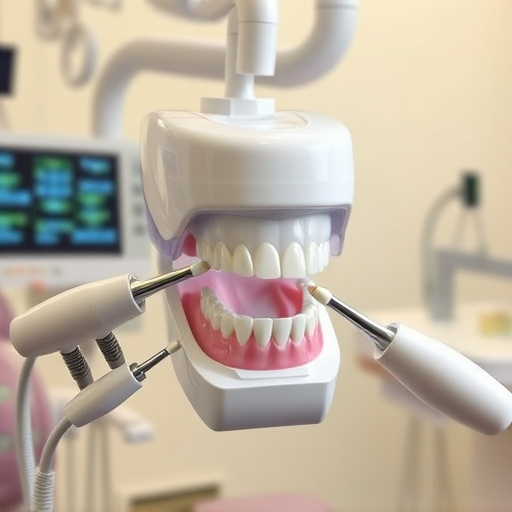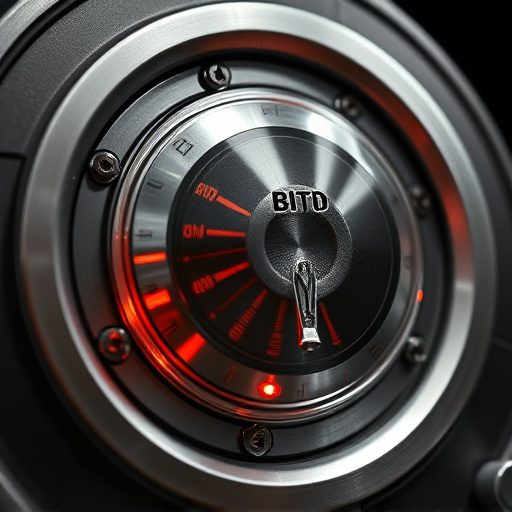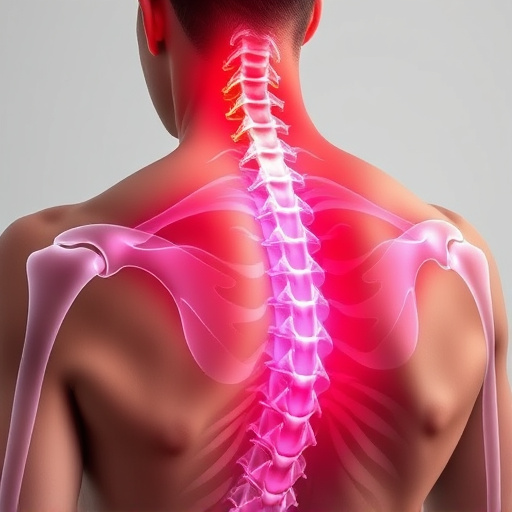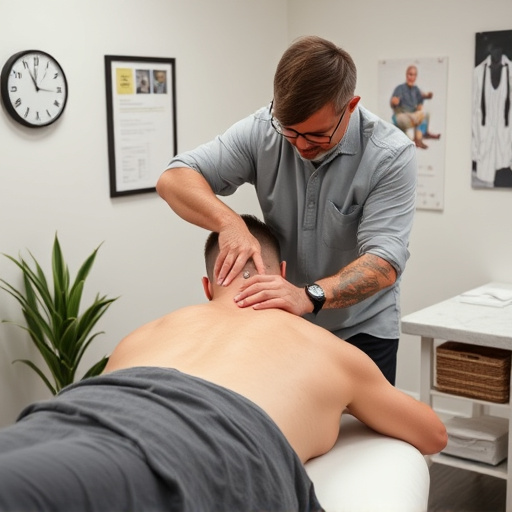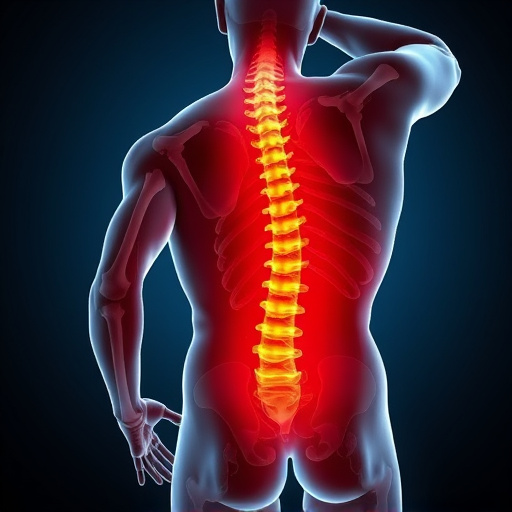Shockwave therapy for sports injuries is personalized based on injury type, severity, patient age, health, and previous treatments. Frequent sessions are recommended for acute injuries over 4-6 weeks, while chronic issues may require slower, spaced-out treatment plans of 8-12 weeks. Consistency and adherence to healthcare provider guidance ensure optimal recovery without extensive downtime or invasive procedures. Chiropractic integration enhances effectiveness for soft tissue injuries and headaches.
Discover the optimal frequency of shockwave therapy for accelerating recovery from sports injuries. This therapeutic approach has gained popularity due to its effectiveness in treating conditions like tendinopathy and muscle strains. Our article delves into the factors influencing treatment intervals, highlighting the importance of individualization. Learn how healthcare professionals determine the best course of action and create a personalized plan tailored to your specific injury and needs.
- Understanding Shockwave Therapy Frequency for Sports Injuries
- Factors Influencing Treatment Interval and Efficacy
- Creating a Personalized Plan for Optimal Recovery
Understanding Shockwave Therapy Frequency for Sports Injuries

Shockwave therapy for sports injuries is typically recommended based on the severity and nature of the condition. For acute injuries, such as muscle strains or tendon tears, frequent treatments (2-3 times a week) over a period of 4-6 weeks are often suggested to promote rapid healing. However, chronic conditions like persistent tendinopathy might require a slower treatment schedule, with sessions spread out over 8-12 weeks.
The number of required shockwave therapy sessions varies depending on the specific injury and individual patient response. Some sports injuries may show significant improvement after just a few treatments, while others might need more time to heal completely. It’s important for patients to follow their healthcare provider’s guidance regarding frequency and duration of sessions to achieve optimal results in sports injury treatment, ensuring effective headache relief or addressing underlying chiropractic issues if needed.
Factors Influencing Treatment Interval and Efficacy

The frequency and duration of shockwave sports injuries therapy depend on several factors that influence both treatment interval and efficacy. The severity and type of the sports-related injury play a significant role in determining the course of treatment. For instance, acute injuries might require more frequent sessions at the initial stages to promote healing, while chronic conditions may benefit from a slower, more spaced-out approach.
Additionally, individual patient factors such as age, overall health, and previous treatments or surgeries can impact recovery timelines. Non-invasive treatments like shockwave therapy for pain offer an attractive option for those seeking alternative solutions to conventional methods. Personal injury chiropractic care often recommends this innovative treatment to alleviate sports injuries without the need for extensive downtime or invasive procedures.
Creating a Personalized Plan for Optimal Recovery

When considering shockwave sports injuries therapy, creating a personalized treatment plan is key to optimal recovery. This involves assessing the specific nature and severity of the injury, as well as taking into account an individual’s overall health, medical history, and lifestyle. A qualified healthcare professional will determine the appropriate frequency and duration of shockwave treatments, tailoring them to meet the unique needs of each patient.
The goal is to find a balance that facilitates healing without causing excessive discomfort or side effects. For instance, for those suffering from soft tissue injuries, regular chiropractic care alongside shockwave therapy can be highly effective in providing headache relief and promoting overall well-being. It’s important to remember that consistency is crucial; adhering to the prescribed treatment schedule will enhance the chances of a successful recovery and a return to an active lifestyle.
Shockwave therapy for sports injuries should be administered based on individual needs, with treatment intervals determined by factors like injury type, severity, and patient response. Generally, sessions are conducted weekly or biweekly, but a personalized plan is key to achieving optimal recovery. By understanding the specific requirements of your injury and collaborating closely with healthcare professionals, you can maximize the benefits of shockwave therapy for faster, more effective healing.
